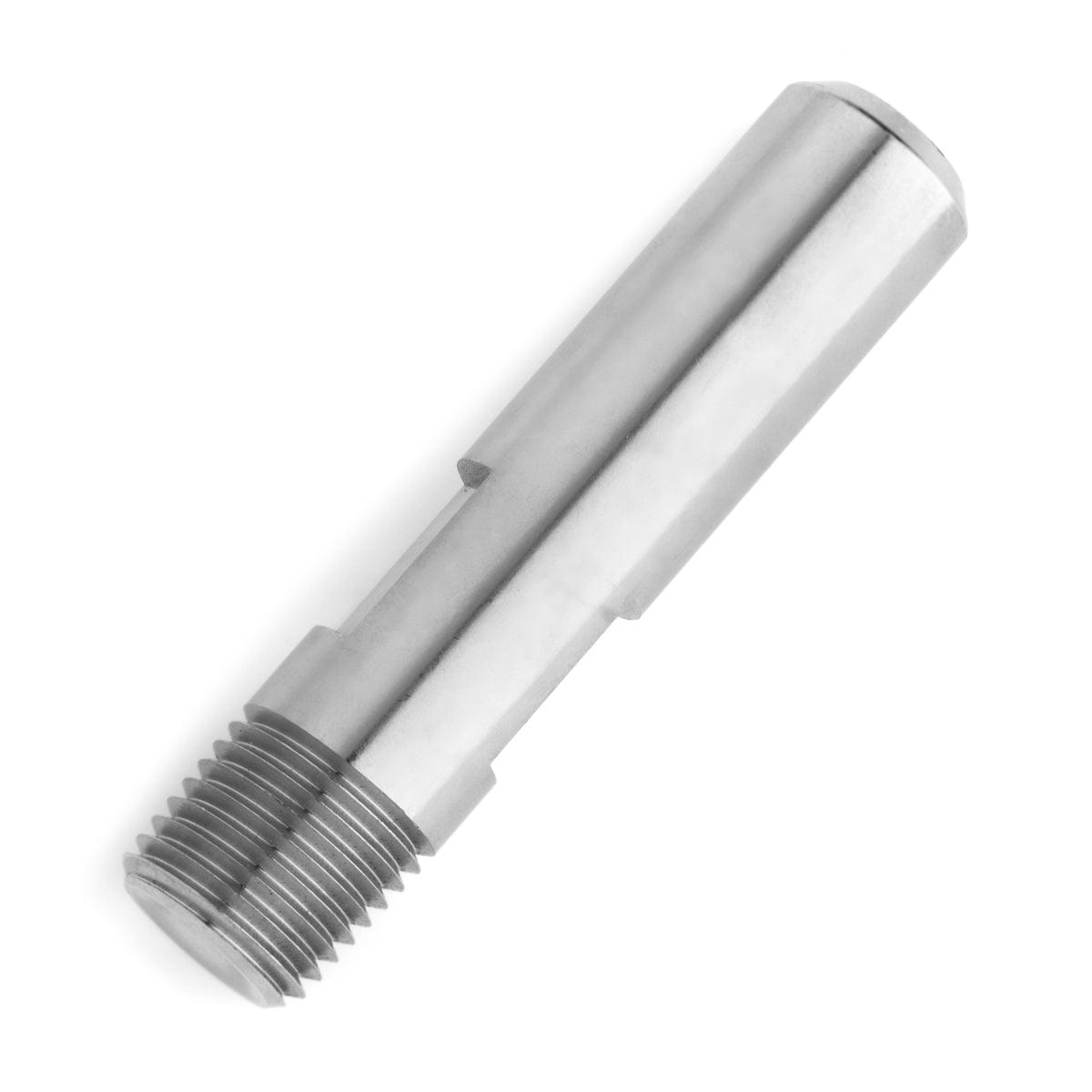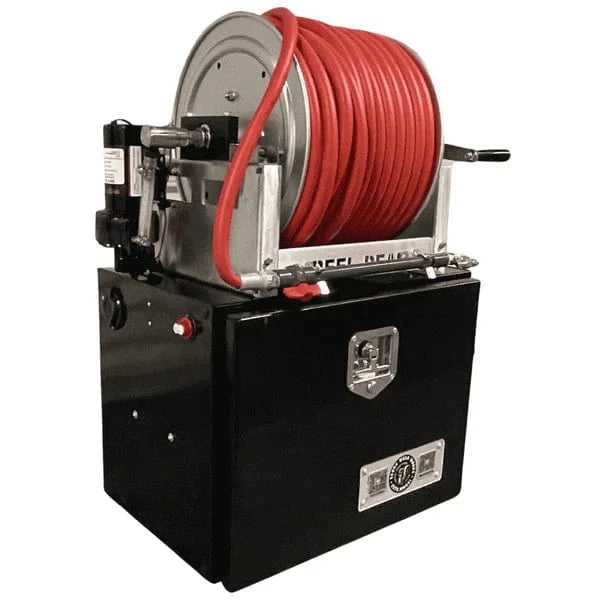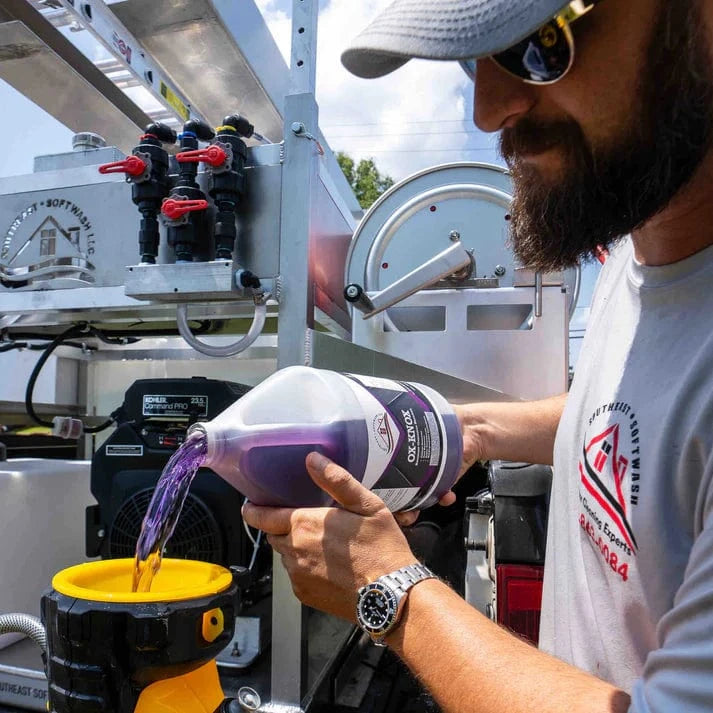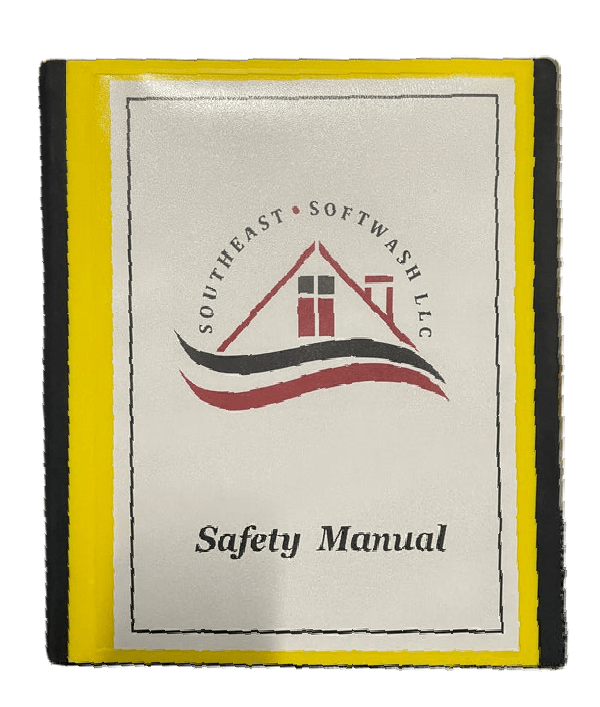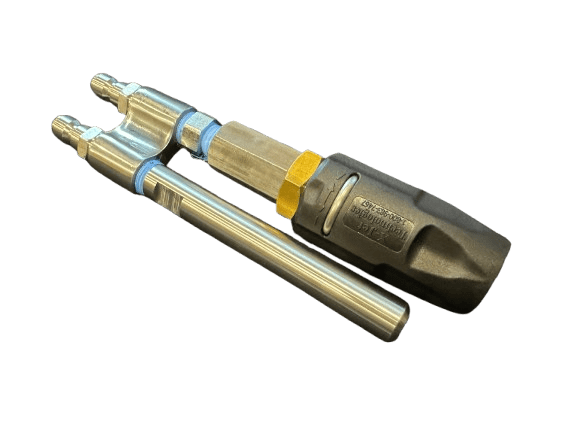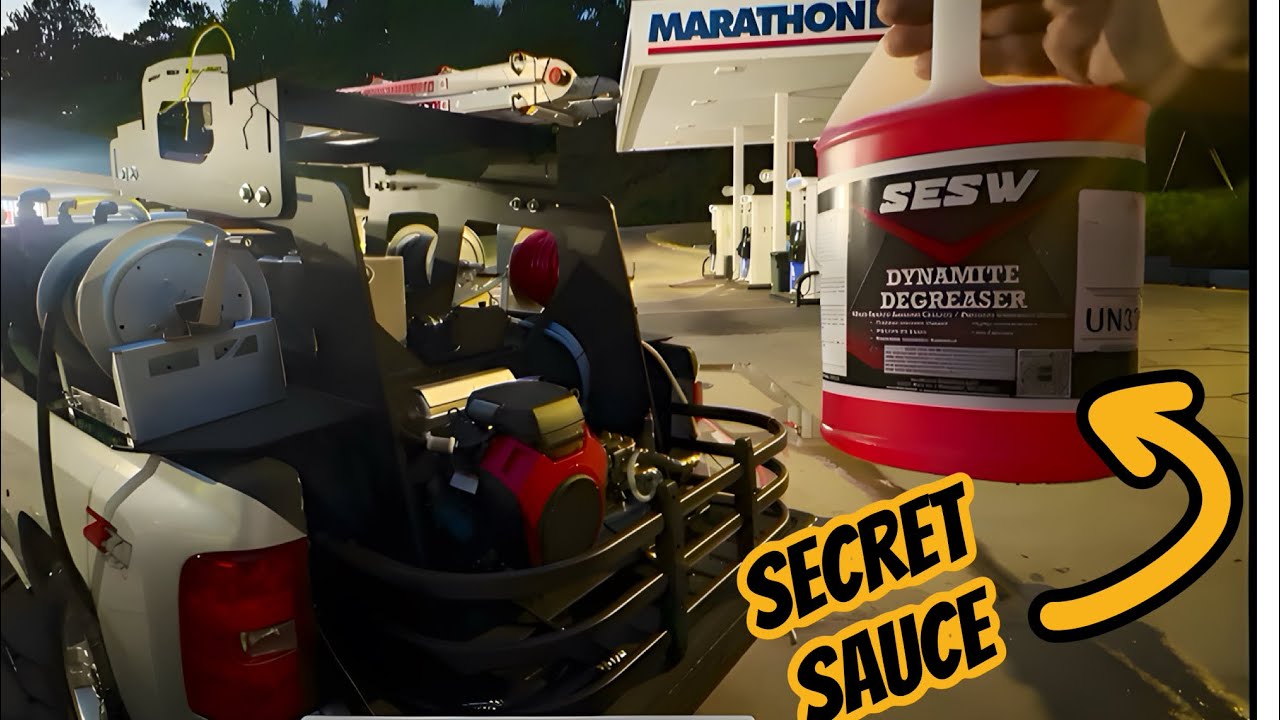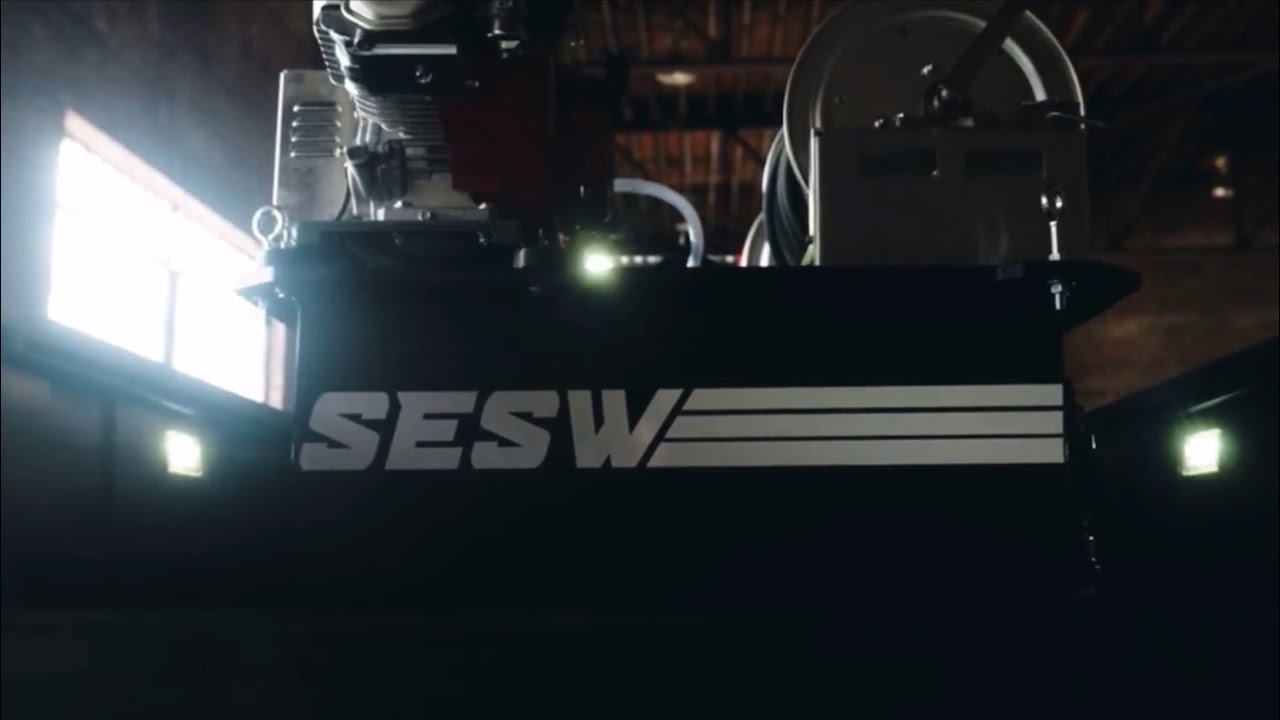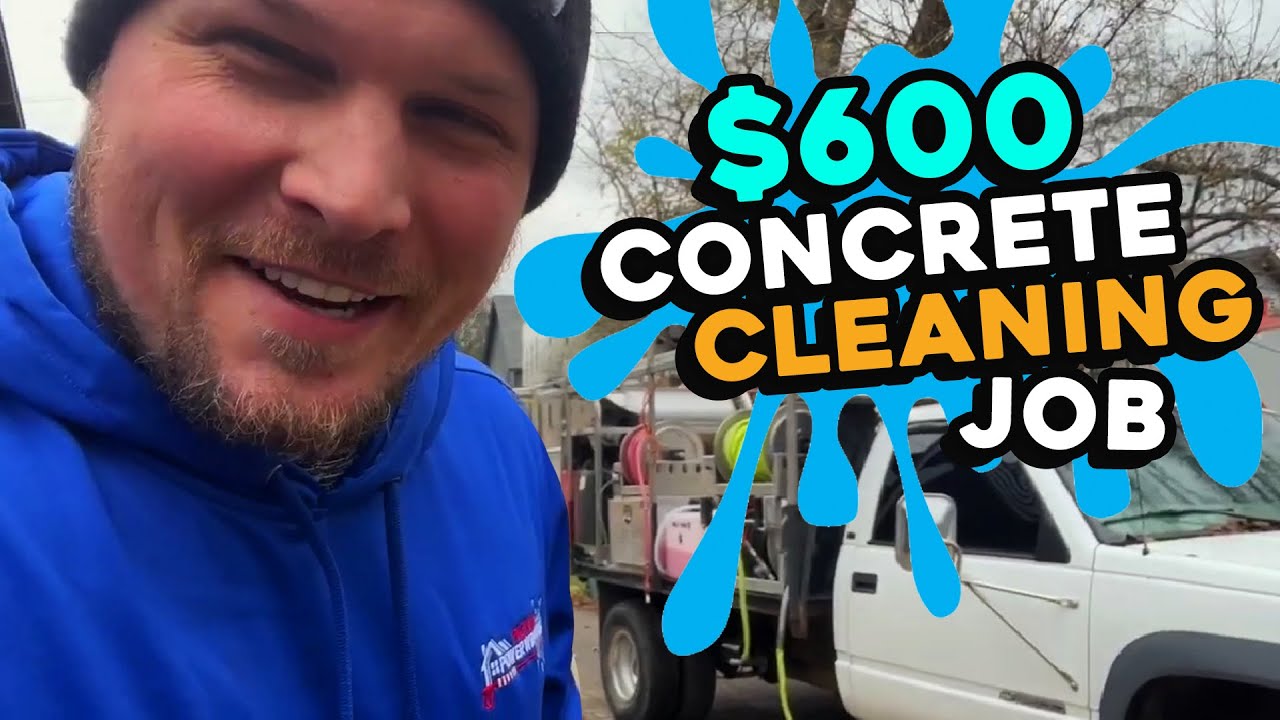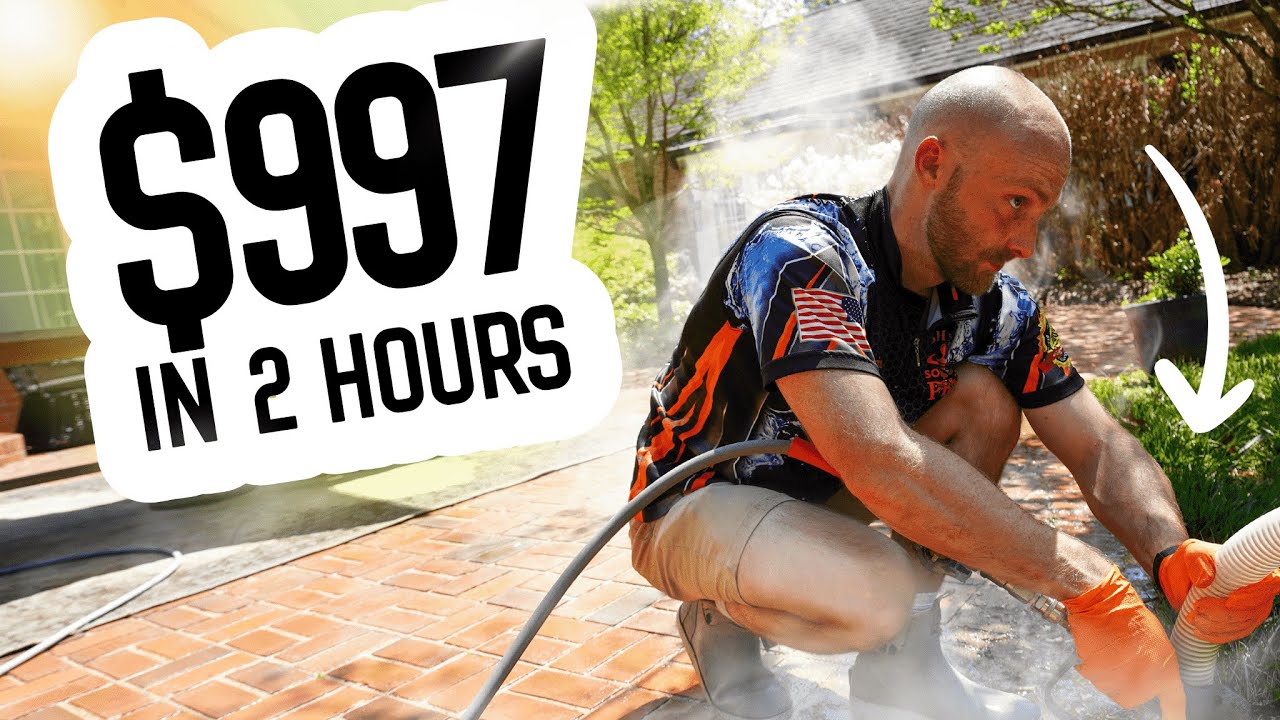It's Friday morning, April 14th, and we're ready to tackle a particularly nasty wall that's been an eyesore for far too long. Located at the Jack's Little Chicken restaurant in the Walmart parking lot here in Roanoke, this wall has been bugging me for about two years. Today, we're finally going to clean it. As we dive into this project, I'll share some valuable insights on why certain areas accumulate more organic growth and the best methods to clean them.
Understanding Organic Growth
Whenever you see concentrated organic growth, it's essential to understand why it's more prevalent in certain areas. Take this wall, for instance. One side is much worse than the other. The reason? The side with more growth has a sloped roof above it, causing rainwater and morning dew to drip continuously onto the wall. Organic materials thrive in moist environments, which explains the heavy growth on this side compared to the drier, more exposed side.
Preparing for the Clean
Given the severity of the organic growth, a standard downstreaming method won't cut it. Downstreaming wouldn't provide a strong enough mix to tackle this level of grime. Instead, we're going to use a soft wash system, which is ideal for handling heavy build-up without damaging the surface.
Here's what we're dealing with:
Thick layers of moss
Black algae
Mildew and various other organic materials
We'll coat the wall with a strong mix, around 5-6% sodium hypochlorite (bleach), to see how it reacts. This isn't a paid job; it's more of an experiment and a chance to clean up a bothersome spot.
The Cleaning Process
Setting Up: We fired up our Gen 2 soft wash system, loaded with a 5-6% bleach mix and some surfactant to help the solution stick to the wall.
Application: Applying the mix evenly over the wall, we aimed to soak the moss thoroughly, ensuring it was well-covered. The surfactant helps the bleach cling to the surface longer, maximizing its effectiveness.
Initial Results: Almost immediately, we noticed a color change in the moss, indicating the bleach was working. We were careful to avoid overspray, particularly around the corners where cars were parked nearby.
Waiting Period: After applying the bleach, we left it to work for about 35-40 minutes. This dwell time is crucial as it allows the bleach to penetrate and kill the organic material effectively.
Results and Observations
Upon returning, the difference was striking. The wall looked significantly cleaner—about 90% better. The thick moss had turned white, indicating it was dead and ready to be rinsed off. While some areas still needed attention, the overall transformation was impressive.
Key Takeaways:
Soft Wash vs. Pressure Wash: While pressure washing can be effective, a soft wash system with the right chemical mix can achieve similar results with less risk of damage.
Chemical Strength: A 5-6% bleach solution was strong enough for this job, though a slightly lower concentration might have worked as well.
Dwell Time: Allowing the chemical to sit and work is crucial for killing organic growth.
Final Thoughts
Cleaning stubborn organic growth doesn't have to be daunting. With the right tools and techniques, you can achieve impressive results. Whether you prefer using a soft wash system, a pressure washer, or a combination of both, understanding how to apply these methods effectively is key to a successful cleaning job.
For those interested in learning more about professional cleaning techniques, including the right chemical mixes and equipment setups, check out the SESW Softwash 101 Class. This comprehensive course covers everything you need to know to excel in the pressure washing industry.
Have a great Friday, and happy cleaning! See you next time.
Engage with Us What are your go-to methods for cleaning tough organic growth? Drop your tips and experiences in the comments below! If you read this far, leave a comment with "Clean Master" and I'll hashtag you as a real one.



